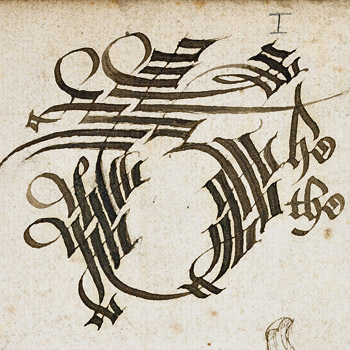Emaré
General Information
Plot Summary

When her mother dies, Emaré, daughter of the Emperor Artyus, is sent to a nurse. After several years, the King of Sicily gives Artyus a richly jewelled cloth, embroidered with scenes of famous lovers (Ydoyne and Amadas, Tristan and Isolde, Floris and Blauncheflour). Artyus sends for Emaré, who has grown into a very beautiful woman. He falls in love and obtains a papal dispensation to marry his own daughter. The cloth is made into a robe which enhances her unearthly beauty, but she refuses his proposal. Furious, he sets her adrift in a boat with no provisions. He is immediately filled with remorse, but his sailors cannot find her.
After seven days, Emaré arrives in the land of Galys, weak from lack of food. Sir Kadore, the King’s steward, spies her glistening robe and takes her to his castle, where she changes her name to Egaré and teaches embroidery. When the King of Galys sees Emaré in her robe he resolves to marry her, despite his mother’s conviction that the beautiful woman is a devil.
Soon after their wedding, the King of Galys is summoned by the King of France. While he is away, Emaré bears a son, Segramour. Kadore writes to the king, but the Queen Mother replaces the letter with one claiming that Emaré has given birth to a monster. The King of Galys weeps, but writes a reply asking his men to look after his queen. This letter is also intercepted by his mother, who forges an order that Emaré and her child be set adrift in a boat. Emaré insists that Kadore obey his lord and she and Segramour, wrapped in her robe, float at sea until, according to God’s will, they reach Rome. They are found by a merchant and live with him for seven years, earning a living through Emaré’s needlework.
The King of Galys returns from France, and asks Kadore for news of his wife. Kadore shows him the letter and they realise the Queen Mother’s treason. She is sent into exile and the king remains sadly at his court for seven years, before deciding to go to Rome as a penance. He lodges at the same merchant’s house, and Emaré arranges for Segramour to serve in the hall. The king admires the beautiful and courteous child, but is saddened to recall his son. Segramour tells Emaré what has passed, and she informs him that the King is his father. Wearing the robe, she has the King brought to her, and the family are joyfully reunited.
Artyus, now an old man, also decides to do penance in Rome. When Emaré hears of his coming, she sends her husband and son to greet him. The family are reconciled, and a great feast is held. The poet concludes by remarking that the ‘Playnt Egarye’ is one of the Breton Lays.
From: Maldwyn Mills, Six Middle English Romances. London, J.M. Dent for Everyman, 1992.
Manuscript: London, British Library MS Cotton Caligula Aii
Manuscripts
Click a title below to search for all romances in that manuscript.